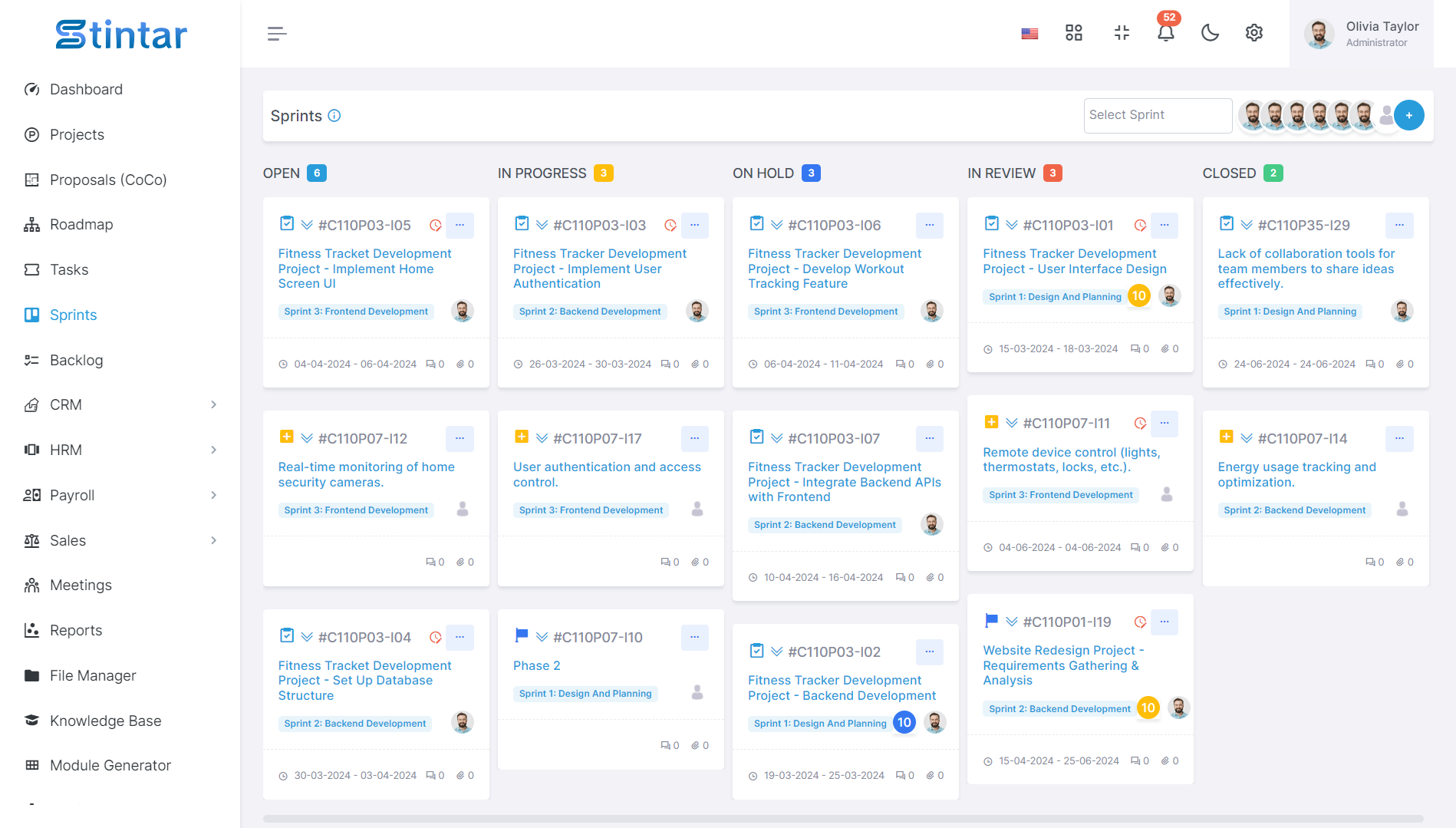Sprint Management
What Is Sprint Management?
Sprints
-
20-04-2024 12:00 AM

Sprint management is a critical component of Agile project management methodologies, particularly in frameworks like Scrum. In a thousand words, we can delve deep into what sprint management entails, its significance, key elements, best practices, and how it fits into the broader context of Agile project management.
Understanding Sprint Management in Agile
Agile methodologies, with their emphasis on adaptability, collaboration, and iterative development, have revolutionized the way teams approach project management. Sprint management, a core aspect of Agile, provides a structured framework for teams to deliver value incrementally within short, fixed timeframes known as sprints.
What is a Sprint?
A sprint is a time-boxed iteration typically lasting one to four weeks, during which a cross-functional Agile team works collaboratively to develop and deliver a potentially shippable product increment. Each sprint begins with a sprint planning meeting, where the team selects items from the product backlog to work on during the sprint.
Key Elements of Sprint Management:
Sprint Planning: At the start of each sprint, the team conducts a sprint planning meeting to review the product backlog, discuss objectives, and select user stories or tasks to work on. The team collaboratively estimates effort and defines the sprint goal, clarifying what they aim to achieve by the end of the sprint.
Daily Stand-ups: Daily stand-up meetings, also known as daily scrums, are brief, time-boxed meetings where team members synchronize their activities, discuss progress, and identify any impediments. These meetings foster communication, transparency, and accountability among team members.
Incremental Development: Throughout the sprint, the team focuses on delivering a potentially shippable product increment. By breaking work into smaller, manageable chunks, teams can iterate quickly, gather feedback, and adapt their approach based on stakeholder input.
Continuous Integration and Testing: Agile teams prioritize continuous integration and testing to ensure that each increment is of high quality and meets the acceptance criteria defined for the user stories. Automated testing, continuous integration pipelines, and test-driven development practices help maintain code quality and reduce technical debt.
Sprint Review: At the end of each sprint, the team holds a sprint review meeting to demonstrate the completed work to stakeholders and gather feedback. This feedback loop enables teams to validate assumptions, gather insights, and adjust their priorities based on stakeholder input.
Sprint Retrospective: Following the sprint review, the team conducts a sprint retrospective meeting to reflect on their performance, discuss what went well, identify areas for improvement, and plan actionable steps to enhance their processes in the next sprint. Continuous improvement is a core principle of Agile, and the retrospective provides a structured mechanism for teams to iterate and refine their practices.
Best Practices for Sprint Management:
Maintain a Prioritized Product Backlog: A well-maintained product backlog serves as the foundation for sprint planning and helps the team focus on delivering the highest value items first.
Empower Cross-Functional Teams: Cross-functional teams, comprising members with diverse skill sets, foster collaboration and enable teams to take ownership of their work. Empowering teams to self-organize and make decisions enhances accountability and promotes innovation.
Embrace Transparency and Collaboration: Transparency and open communication are essential for effective sprint management. Encourage transparency by making project information, progress, and impediments visible to all stakeholders. Foster collaboration by promoting a culture of trust, respect, and shared accountability.
Limit Work in Progress (WIP): Limiting work in progress helps teams maintain focus, reduce multitasking, and improve flow efficiency. By setting explicit work limits and prioritizing tasks, teams can optimize their throughput and deliver value more consistently.
Adapt and Iterate: Agile principles emphasize adaptability and flexibility in response to change. Encourage teams to embrace change, inspect and adapt their processes, and continuously strive for improvement. Iterative development allows teams to course-correct based on feedback and evolving requirements.
Celebrate Achievements: Celebrate team achievements and milestones to foster morale, motivation, and a sense of accomplishment. Recognize individual and collective contributions, highlight successes, and use retrospectives as opportunities to acknowledge progress and areas of excellence.